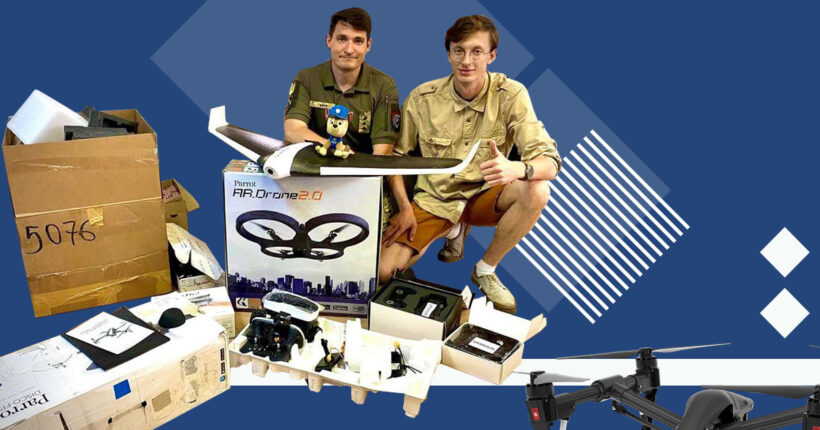
How are volunteer drones born? What requests are made to engineers? Why can't all orders be processed? Rubryka talked about all this with the Volunteer Drone Factory members.
What is the problem?
"War of drones" — that's how the military and journalists christened the full-scale war in Ukraine. Earlier, the enemy's positions were "observed" by reconnaissance aircraft. UAVs (unmanned aerial vehicles, — ed.) are doing this job now. They are various: from massive "kamikaze" drones that carry explosives or shells to small "birds" that become the eyes of our defenders.
While drones keep an eye on the enemy on the front lines, soldiers can remain relatively safe. It is hard to overestimate the importance of using drones in war.
What is the solution?
Thousands of Ukrainian volunteers buy drones for the military. Ukraine also has a separate program, Army of Drones, launched by Ukraine's Ministry of Digital Transformation, the General Staff of the Armed Forces of Ukraine, and the State Special Communications Administration. The Ministry buys "birds," repairs them, and trains operators. By the end of December, 928 drones had already been handed over to our defenders. In total, 1,577 UAVs were purchased within the scope of the project.
In addition, there is a laboratory in Kyiv called Volunteer Drone Factory. It's an initiative in partnership with the Women's Veteran Movement NGO. Several dozens of engineers manufacture drones for various tactical goals: reconnaissance drones, aircraft guidance UAVs, and ammunition drop systems for commercial copters. Boys and girls turn civilian "birds" into military ones.
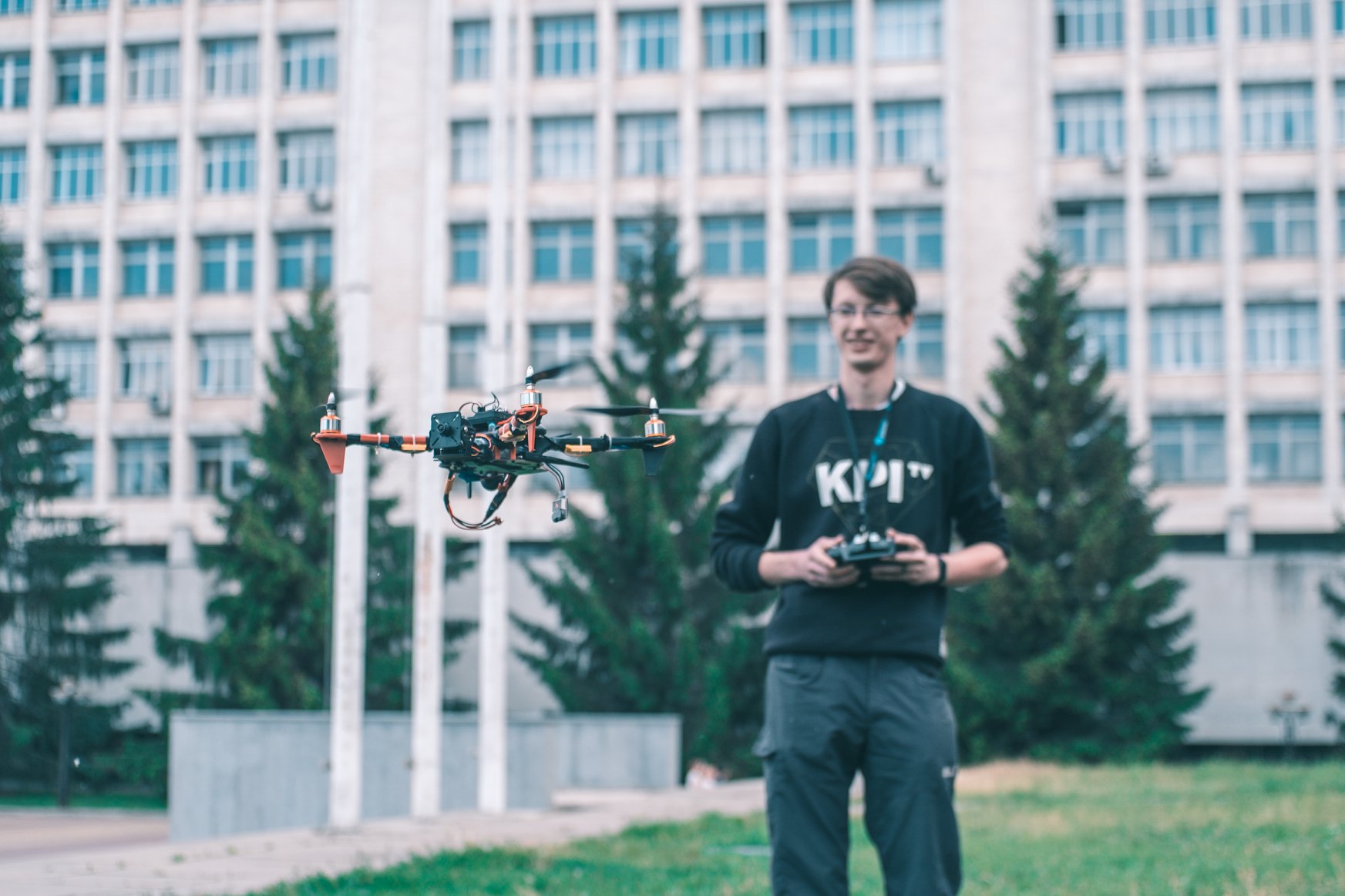
How does it work?
Laboratory starts operation
The first day of the Volunteer Drone Factory fell on March 8, chief engineer Maksym Sheremet recalls. On International Women's Day, when the military was handing out flowers to women at the capital's checkpoints, the man and other like-minded people transported the equipment to the premises of the future laboratory.
Maksym Sheremet has been working with drones for the past ten years: he developed them for various companies and led a group teaching people to create multi-copters. Therefore, when the full-scale invasion began, Maksym continued doing what he knew to do — making "birds." Only now, they are already intended for the military.
In early March, the man approached the engineers he had worked with before and asked if they wanted to join the future lab. Then in March, about forty people responded.
"The task was to transport all the famous engineers, ready to work on bringing victory closer, to Kyiv. Their weapon is their mind. They can help with their hands and knowledge," says Maksym Sheremet.
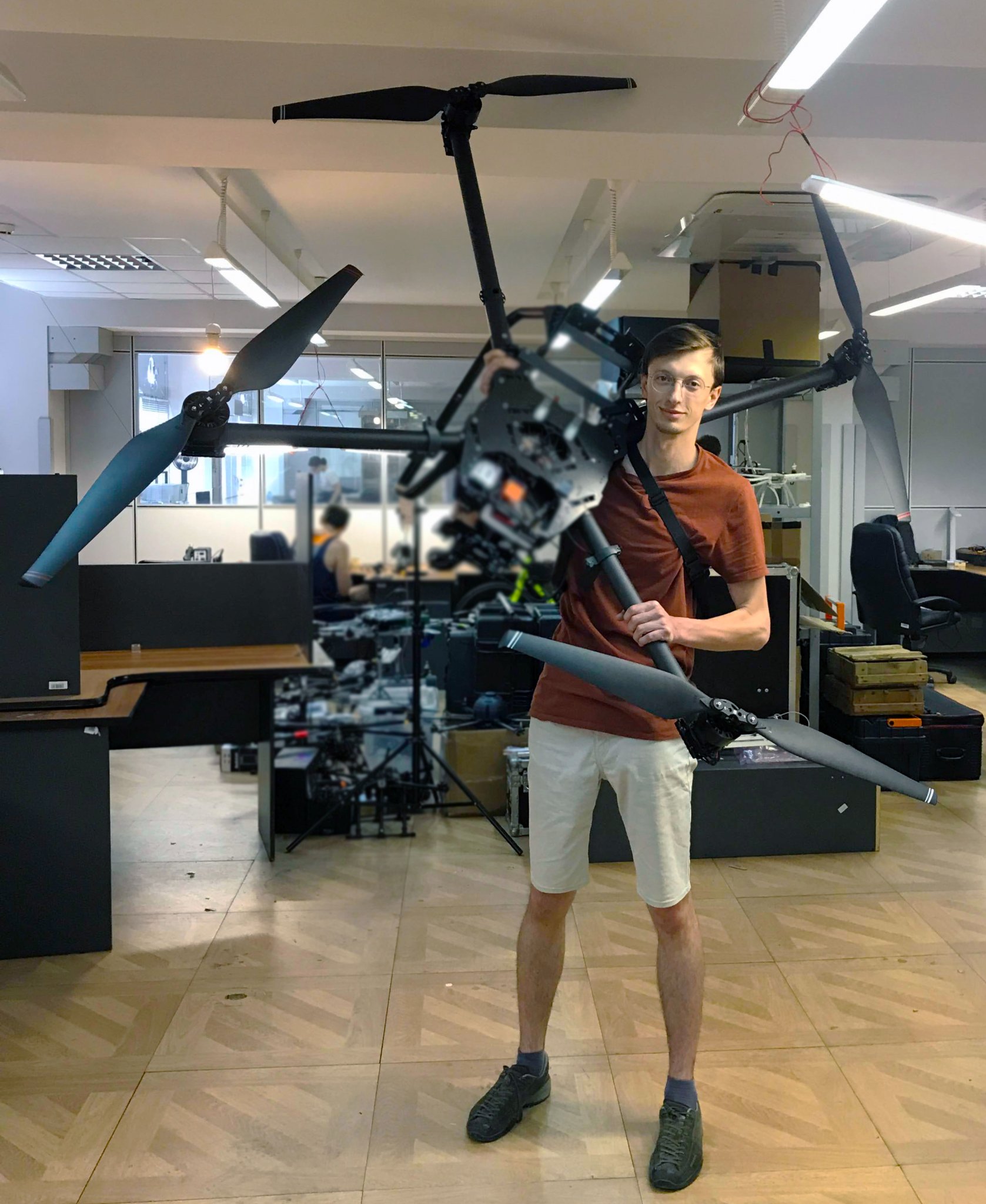
He bought return tickets to Kyiv for people evacuating from the capital and organized transfers for those who lived in the Kyiv region. In March, this remained a difficult task because it was challenging to get freely into the capital, there were queues at checkpoints in the city itself, and bridges needed to be fixed.
But despite all the logistical problems, a team of 40 engineers started work in March. At the request, drone components began arriving at their lab from all over the country and abroad.
"There were parcels from European countries and even from Canada. Various pilots handed over parts from copters, and we assembled them for military needs. Every day was like a holiday — we opened parcels and rejoiced. We immediately made decisions about parts. For example, we will take the camera from here and the motors from here. We tried to keep the contacts of the people who sent us these drones and their parts to report later: look, your drone is fighting against russians on the front," says Maksym Sheremet, chief engineer of the Dronary Factory.
What do engineers work on?
Currently, 120 engineers work at the Drone factory. There were times when team members stayed overnight in the laboratory because it was safer than moving around Kyiv.
"I remember working at night, welding, windows shaking from explosions. Everything around is rumbling. You say: 'Damn russians, let me finish this drone.' But you don't give up," says Maksym Sheremet.
Since March, engineers have made about 800 drones. These are "birds" of different sizes and for various tasks. Some reconnaissance drones only track the enemy, and some UAVs drop several kilograms of "payload." The team spends up to 2 weeks of work on creating the first and up to 2 months on the second. Large copters are processed from agricultural copters.
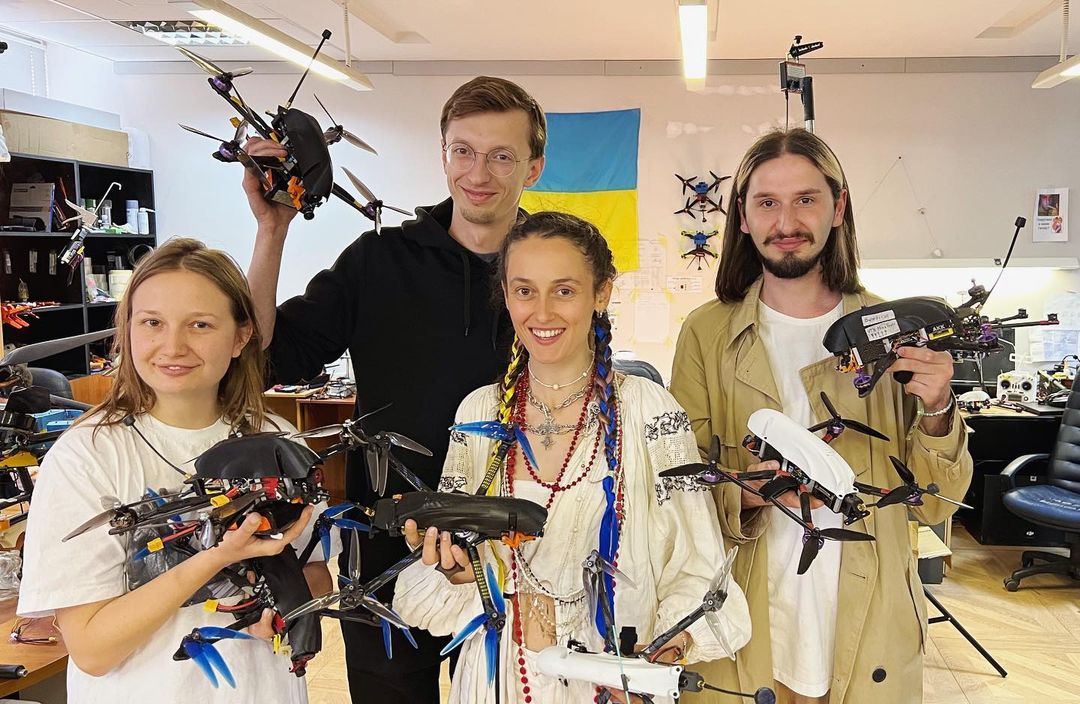
Also, engineers manufacture reset systems that are installed on purchased drones. This allows defenders to drop grenades on enemy positions. Batteries from electronic cigarettes are used for reset systems.
"We thought: the battery on our radio market costs UAH 100. But why pay for it if you can use an almost-new electronic cigarette? Its resource is one reset. It discharges, and that's it; we take a new one. We began using such batteries in reset systems and ground stations. We cooperate with the Rozetka retail company, which has opened collection points throughout Ukraine. Small recycling," says Maksym Sheremet.
Each drone goes through field tests. Several trips to the open area may occur until the copter works fully according to the engineers' plan.
"We do not have the opportunity to go through a full cycle of tests because it is time and resources. Two or four trips to the training ground are all. The drone goes to zero. You must not do anything wrong in our business. If you messed up somewhere or approached your work irresponsibly, your boys may suffer from this. The drone will fall on their heads. And although this has never happened, we monitor quality," says the chief engineer.
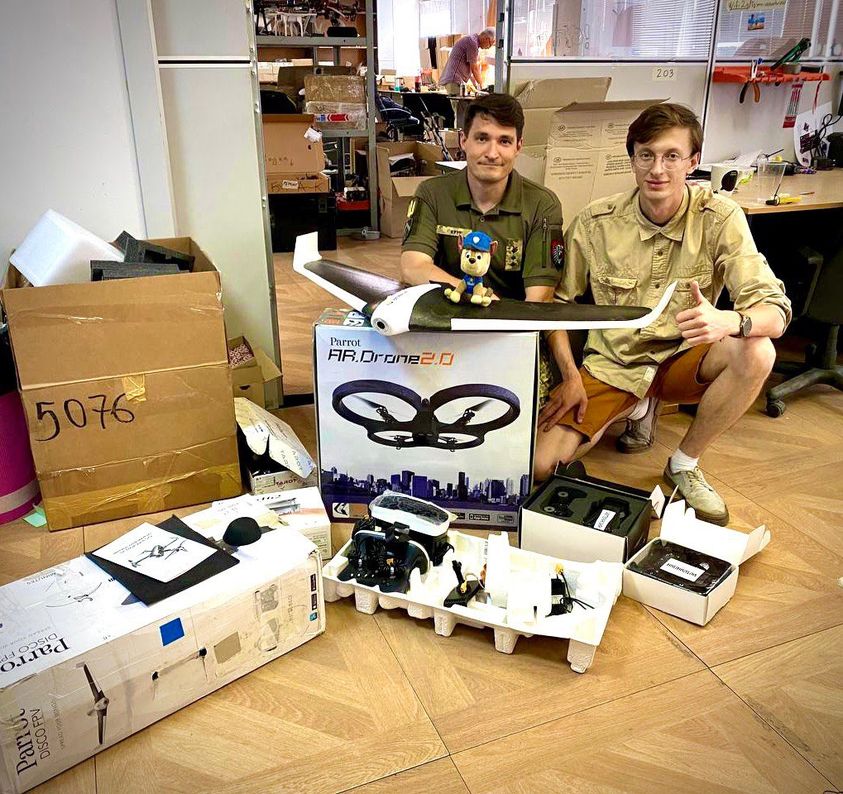
Thanks to donations, the team raised money for a generator when the enemy started shelling Ukraine's energy system. So now the Drone Factory works without interruptions.
Communication with military units and volunteers
As Maksym Sheremet jokes, the Drone Factory's "birds" work from Lviv to Kherson. Copters from engineers are available in units of the Armed Forces of Ukraine, State Security Service, Defense Intelligence, territorial defense, border guards, etc.
From July to today, the laboratory received about 500 applications from volunteers and defenders. It happens that no one applies, and sometimes 5-6 applications appear in a day. Two girls conduct communication in the laboratory.
"Every day is different. One is the presentation of what we make. The second is the search for components that should be purchased. The third is communication with a seamstress who individually sews some items for drones," says Olia Vorobei, who handles communications for the Drone Factory.
The Drone Factory team cannot always fulfill all incoming orders.
"First of all, very often, our messages are not answered. The application came, and clarifying questions were sent, but we have not received any answers. Secondly, financing, because the components are not cheap. Unfortunately, we do not have ongoing funding to provide the military with everything they need. The money we have is enough for operating expenses. The military either spends its money on drones or turns to volunteers, opens fundraising to cover production," says Olya Vorobey.
There are also tasks the team cannot handle, for example, something unfamiliar that has not been worked with before. Or, at the time of the request, the engineers of the Drone Factory had too much workload.
Sometimes the military may send a video of a drone killing enemy soldiers or something similar. This motivates the engineers of the laboratory. They understand that their work's effectiveness shows in the number of destroyed russians.
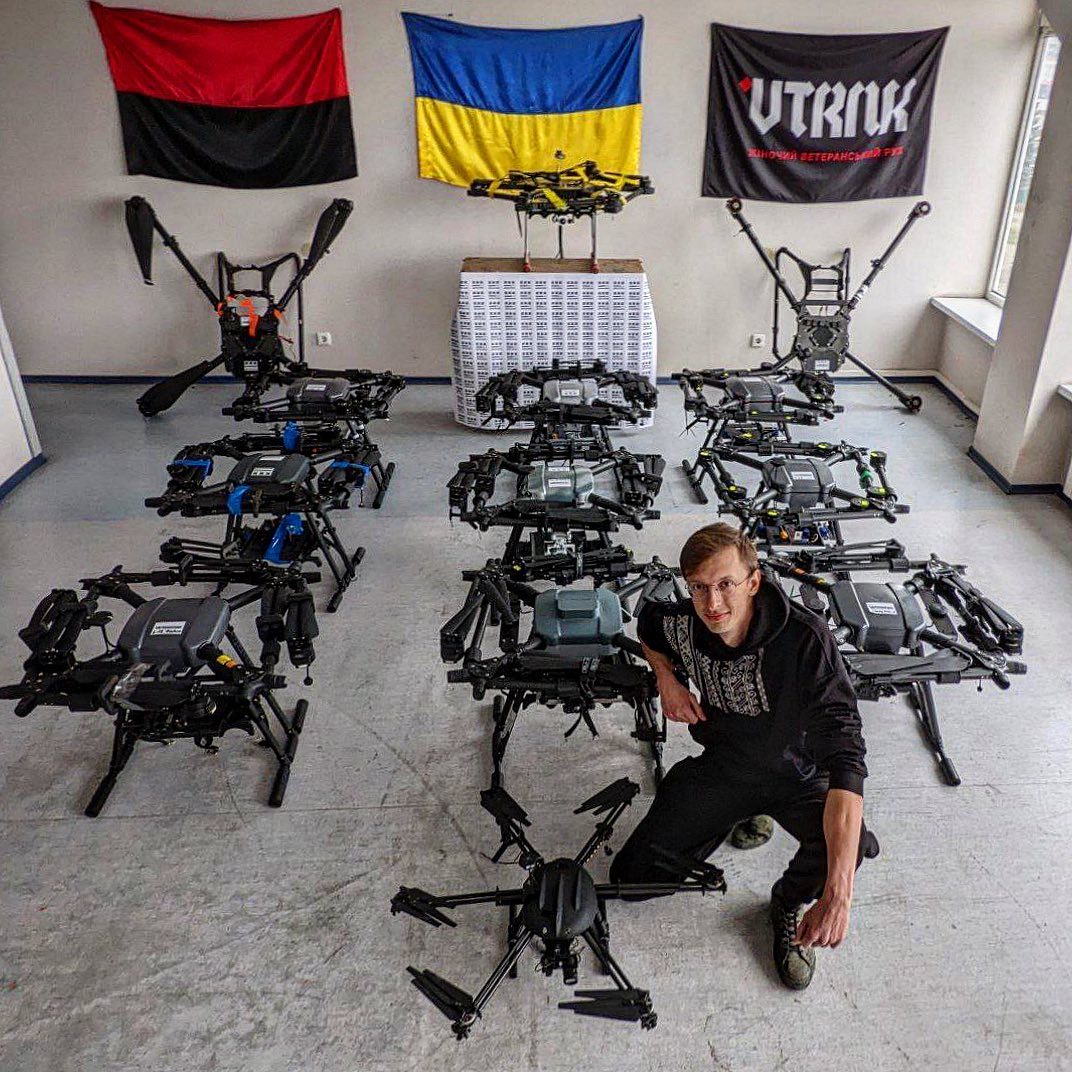
"We have highly motivated people united by one goal — to help the military. They don't know how to hold weapons in their hands, but they can make drones," says Olia Vorobei.
Before that, Olia Vorobei worked in the media field, and the girl's education is economics. But during the months of work at Drone Factory, the girl learned to solder.
"When every day you are surrounded by people who plan something, saw, solder, you involuntarily learn something new. I fixed my father's flashlight myself with a soldering iron and other tools."
How to help Drone Factory create "birds"?
Drones or accessories for them are always welcome in the laboratory.
You can also send a donation that will be spent on consumables. The donation jar is at the link.
And here you can leave the laboratory an application.





